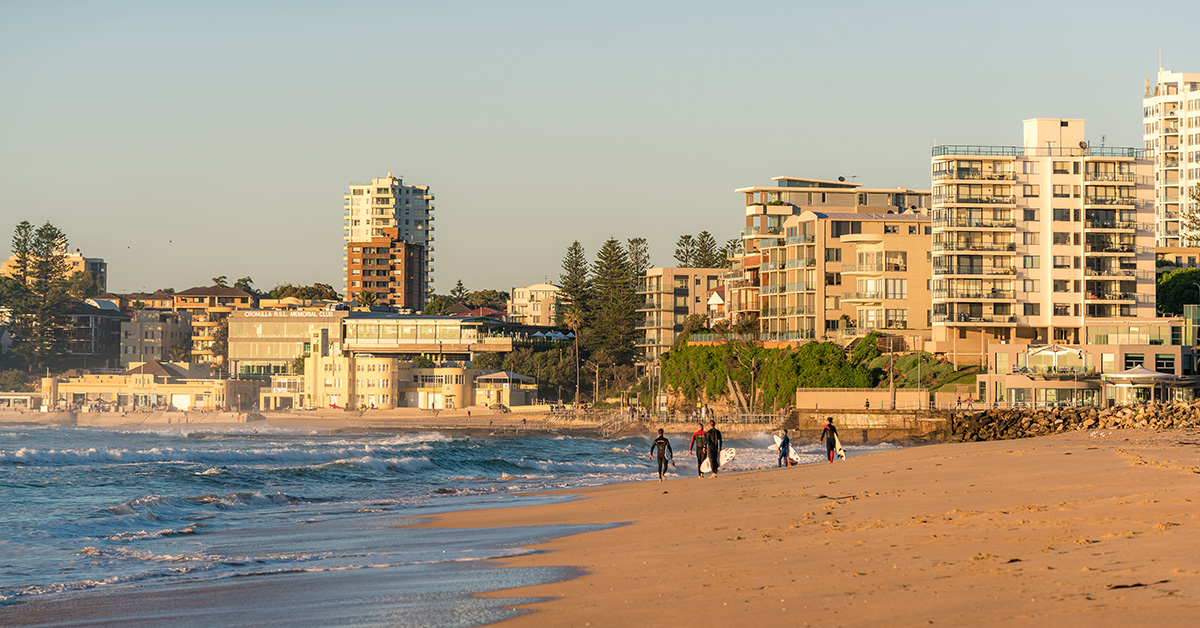Complete Guide for First Time Renters
All you need to know when renting your first property
So you've make the big decision - it's time to rent your first property. You've been out inspecting rentals and have found the perfect property...but what happens next? Here's a summary of what you need to know before you sign your first residential tenancy agreement.
Creating a renter profile
If you've found a property you'd like to rent, the next step is to complete an application form. The application form is your way of showing the landlord and agent that you're the best candidate for the property, that you're able to pay the rent and that you will look after the property as specified in the tenancy agreement. Your application is reviewed against all the other applicants so making sure yours stands out is important.
There are a number of documents that are often required to accompany your application, therefore before you go house hunting it's worthwhile ensuring everything is up to scratch. By being able to produce this information promptly as part of your renter profile when required can prove to be the clincher in a rental race.
Many first-time tenants worry that because they cannot prove a rental history, they will not be able to rent a property - leading to a catch-22-type situation. Fortunately, every tenant has been a first-time renter at some point and there are a number of things you can do to strengthen your application.
A property manager will be mainly concerned with an applicant's ability to pay the rent, as well as their ability to take care of the property and comply with the terms and conditions of the lease.
The information you should supply will vary depending on your previous circumstances - for example, if you were previously living in student accommodation, you may wish to provide the details of the person who was in charge of managing the complex.
If you previously owned your own home and have sold the property, the agent who handled the sale may be able to act as a reference for you.
And if you are currently living with your parents, you will require personal references. In some situations, you may also choose to have a parent co-sign your lease with you.
Examples of documentation you can provide that will help a property manager make these decisions include:
- Verification of employment
- Verification of income
- Reference from employer or fellow staff member
- Reference from neighbour/teacher/business person/doctor/accountant
- Photo identification - driver's licence/passport/student ID
- Three personal references - these should not be from relatives
- Last gas/electricity/phone bill or rates notice
Talk to the property manager about what is required to apply for the lease.
An easy way to create your profile is on Snug.com, Australia's fastest growing rental community. This platform will walk you through the steps to create a comprehensive renter profile that can be shared securely with property managers and landlords for any property you want to apply for.
Documents a tenant should receive before moving in
The documentation required to be given to you at the time of sign-up differs slightly from state to state, however, the following items are required in most jurisdictions:
- Information booklet relating to renting in your state or territory:
- Copy of the residential tenancy agreement
- Copy of the bond lodgement form
- Original and copies of the condition report - to be checked, completed and signed, then returned to the office in the required time frame
- Receipt for initial rent amount, lease fees and bond
- Photocopy of all keys and remote controls (if any)
- Emergency contact details
What is a residential tenancy agreement?
A residential tenancy agreement is a legal binding written contract between you, as a tenant or resident and a property landlord, is also commonly called a lease. This document should be given to the tenant before paying any money or being committed to the tenancy. Make sure you read it carefully and ask any questions.
What goes into the Tenancy Agreement?
- The name and address of the tenant, and the property manager/owner or provider
- The dates when the agreement starts and ends (or state that the agreement is periodic)
- Details about how the tenant should pay the rent and how much rent is to be paid
- Details about what the tenant and the property manager/owner or provider can and cannot do, known as 'standard terms'
- Any special terms (these should be agreed in advance, e.g. that dogs are allowed but must be kept outside or carpet cleaning)
- The length and type of tenancy - either a fixed term agreement where the tenant agrees to rent the property for a fixed term such as 6,9,12 months or a periodic agreement when a tenant / resident lives there for an indefinite period
- The amount of bond required
- Other conditions and rules.
What is a bond?
A bond is a separate payment to rent, it is money that acts as security for the landlord or owner in case you don't meet the terms of your lease agreement.
At the end of your agreement if the property is in need of cleaning or repairs or if items need to be replaced the landlord or owner may claim some or all of the bond.
As the bond is a separate payment to the rent you cannot use any part of the bond as rent – so, when you are moving out, you cannot ask the landlord to keep your bond as final rent payment.
What is a condition report?
When you pay a bond, the landlord or owner must prepare a condition report. This includes a general condition of the property including fittings and fixtures. It is important that you carefully check the condition report and make sure it includes all existing damage or issues with the property. We suggest taking photos of the property before you move in and provide a copy of these photos to your agent / landlord as record of the properties original condition.
Legislation allows tenants a number of days to check the details completed by the agent/owner on the condition report, to confirm or disagree with those details. As the condition report can be used as evidence if there is a dispute about who should pay for cleaning, damage or replacement of missing items at the end of the agreement –make sure you go over it with a fine tooth comb.
Areas where the tenant does not agree with what is stated on the condition report should be noted on the appropriate section of the document. You must complete the inspection report and return it to the agent/owner within the specified number of days or the condition of the property is deemed to be accurate as at the agent's completion. If you do need additional assistance, help is also available from various bodies, depending on the state or territory you live in.
Make sure both you and the landlord agree on the contents of the condition report before signing it.
Renting - routine inspection checklist
Your landlord or real estate agent may carry out a periodic inspection of the property to ensure it is being well cared for and any routine repairs are made. This inspection may include the following:
- The property is being maintained in a clean and tidy condition.
- The grounds are being maintained in a clean and tidy condition.
- The property is not being damaged in any way.
- There are no more than the number of people specified on the tenancy agreement living at the property.
- No pets are housed at the property, unless otherwise agreed to.
- Any maintenance issues identified can be attended to.




